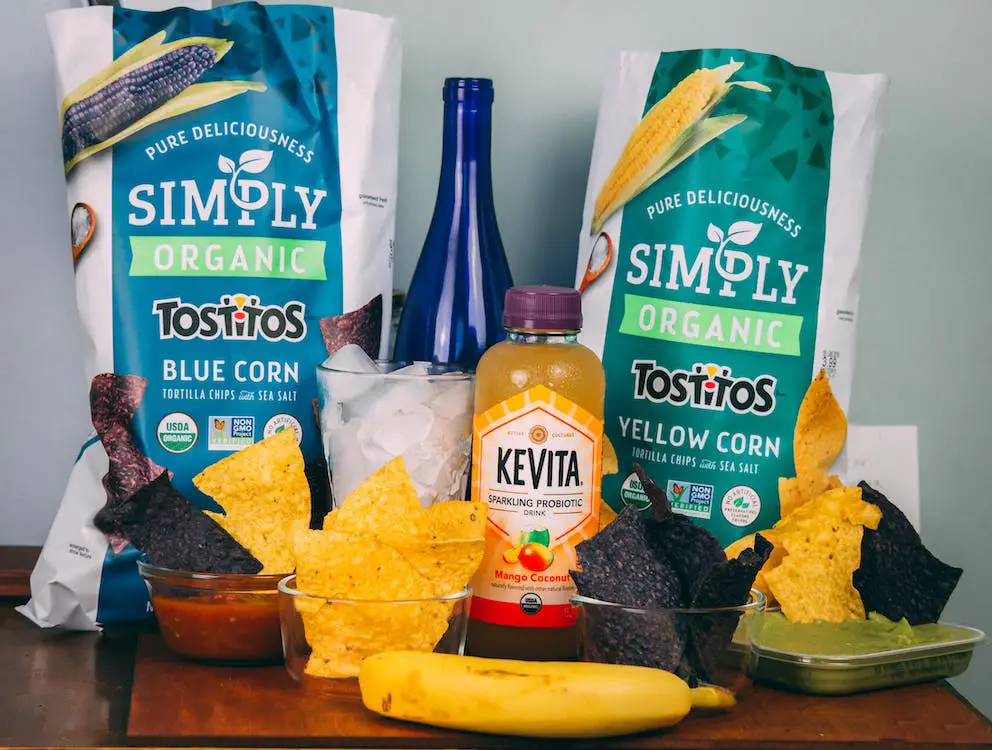Do Actors Eat Real Food on Set?
(By Ray Reese)
 (Photo: Craig Adderley | Pexels)
(Photo: Craig Adderley | Pexels)
If you’ve ever watched a movie or TV show and wondered, “Are they actually eating that food?”—you’re not alone. Scenes involving food are a staple of many productions, from intimate dinner conversations to grand feasts. But what’s really happening behind the scenes? Do actors eat real food on set, or is it all an illusion? The answer is a little more complicated than you might think.
Yes, Actors Often Eat Real Food
In many cases, the food you see on screen is real and fully edible. Props departments, food stylists, and chefs work to create delicious-looking meals that match the needs of the scene.
Why Use Real Food?
- Authenticity: Real food helps the scene feel genuine, especially in close-ups where the audience can see the texture, steam, or glistening sauces.
- Actor Comfort: Chewing, swallowing, and reacting to real food often looks more natural than miming.
Examples:
- In The Sopranos, actors famously ate real Italian food during family dinner scenes to capture authenticity.
- Many cooking shows or food-centric films (Julie & Julia, Chef) require actors to interact with real ingredients and dishes.
But They Don’t Always Swallow It
While actors might take bites of real food, they don’t always swallow it. Filming a single scene can take hours, requiring multiple takes and camera angles. Eating too much can lead to discomfort, so many actors use a “spit bucket” off-camera to discreetly dispose of food after each take.
Why Use Spit Buckets?
- Avoid Overeating: Repeatedly eating during long shoots can be overwhelming or even make actors feel sick.
- Consistency: Maintaining the same level of food on the plate across takes ensures continuity.
Example:
In scenes where characters are having an extended meal, actors might take a bite, chew, and subtly spit it out between takes to avoid consuming too much.
Sometimes the Food Isn’t Real
Not all food on set is edible. In some cases, props teams use inedible or specially prepared items to stand in for food.
Why Use Fake Food?
- Long Shoots: Real food can wilt, spoil, or lose its appeal under hot studio lights. Fake food maintains its appearance for hours.
- Budget Constraints: Real ingredients for elaborate dishes can be expensive, especially when they’re not eaten.
- Allergies or Diets: If an actor has dietary restrictions, fake food provides a safe alternative.
Examples of Fake Food:
- Ice cream is often replaced with mashed potatoes or frosting to avoid melting under studio lights.
- Drinks like coffee or wine might actually be water, soda, or diluted juice to prevent dehydration or intoxication during long shoots.



